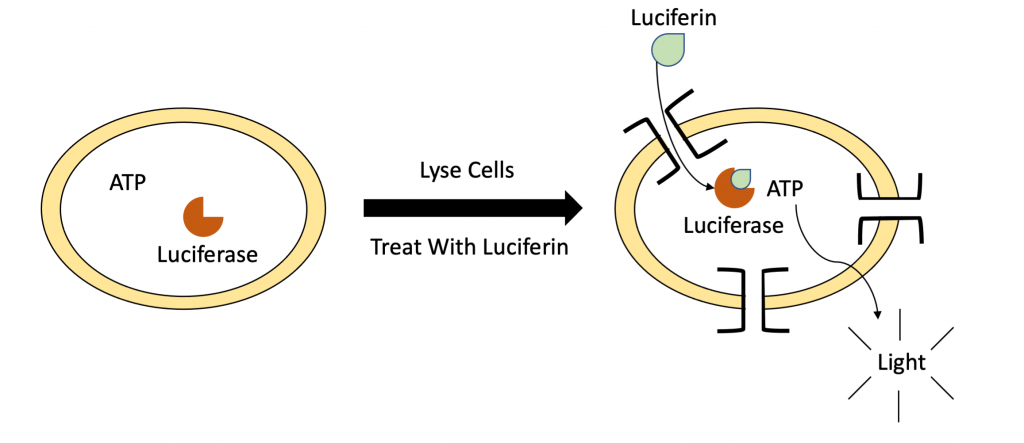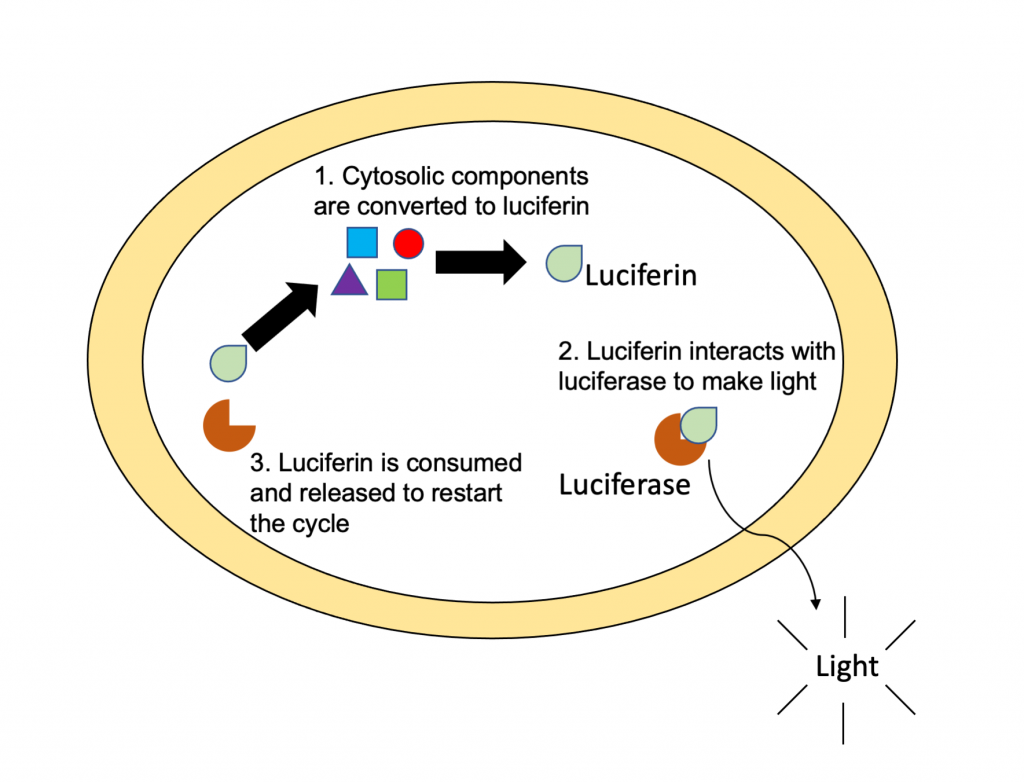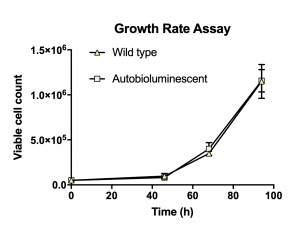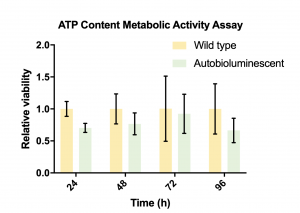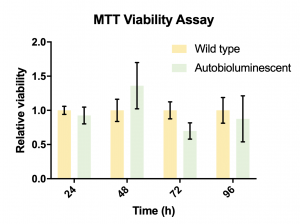Autobioluminescence has been optimized so that only cytosolic components are used, and only at a level that does not impact native physiology. This allows autobioluminescent cells to remain physiologically identical to wild-type, non-luminescent cells so you can be confident the data you get will be reliable and actionable.
